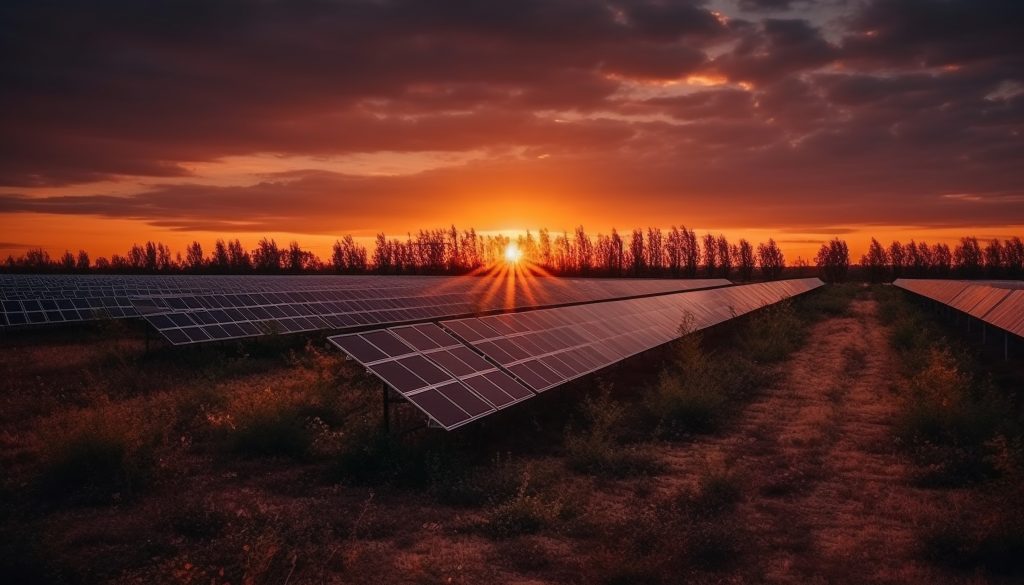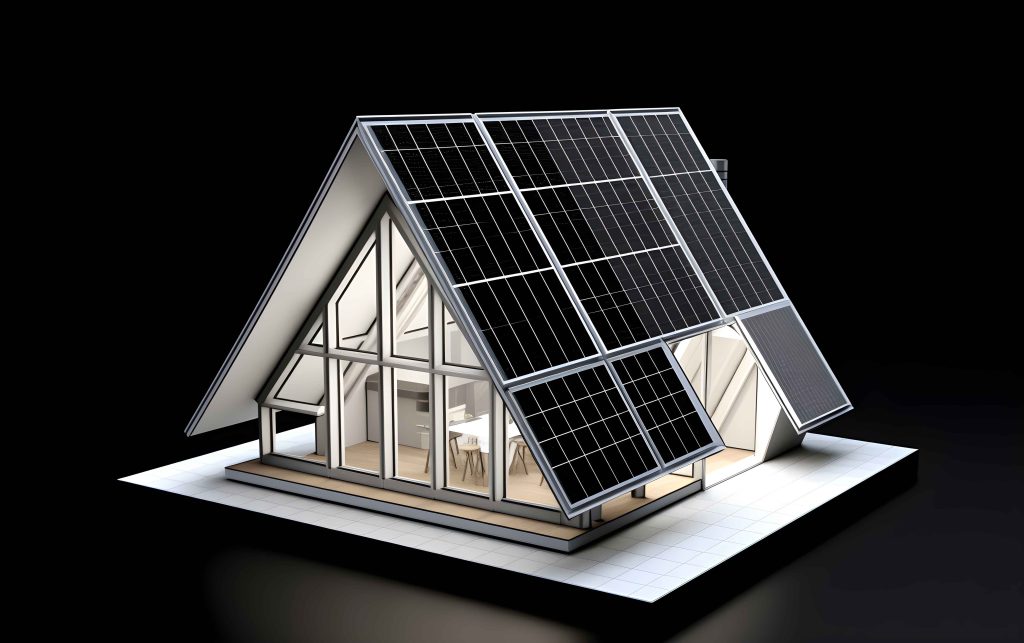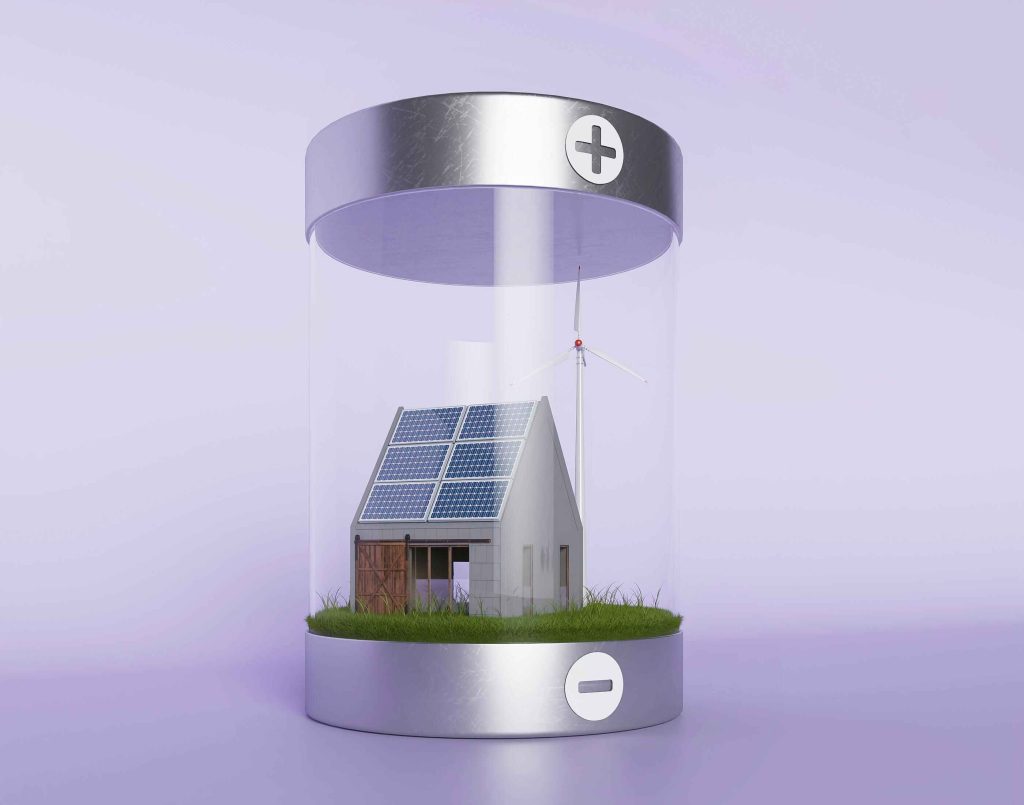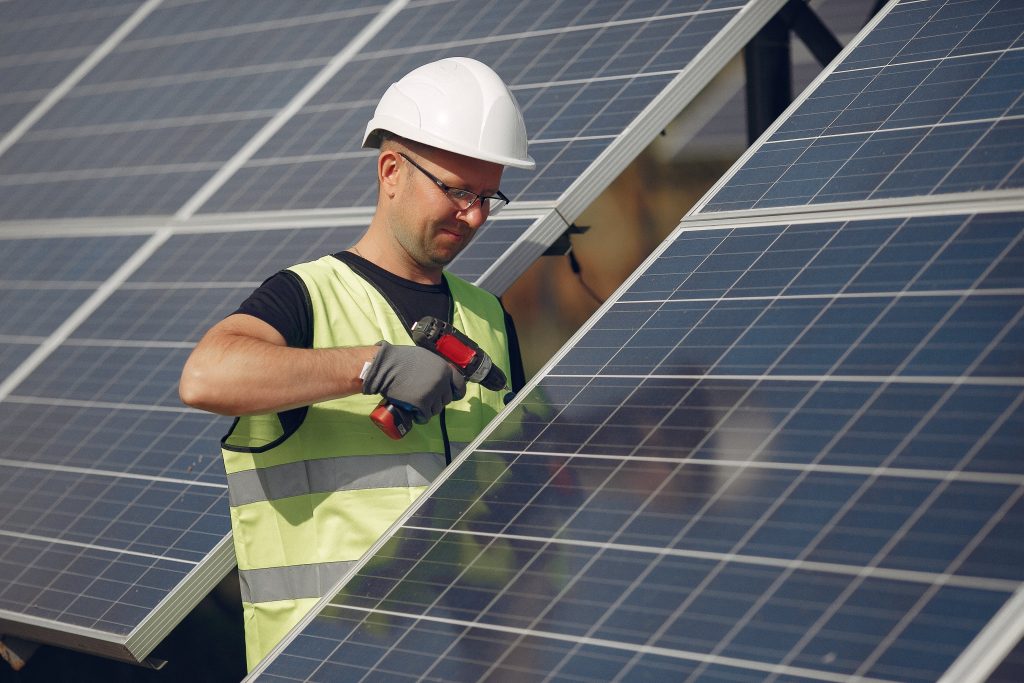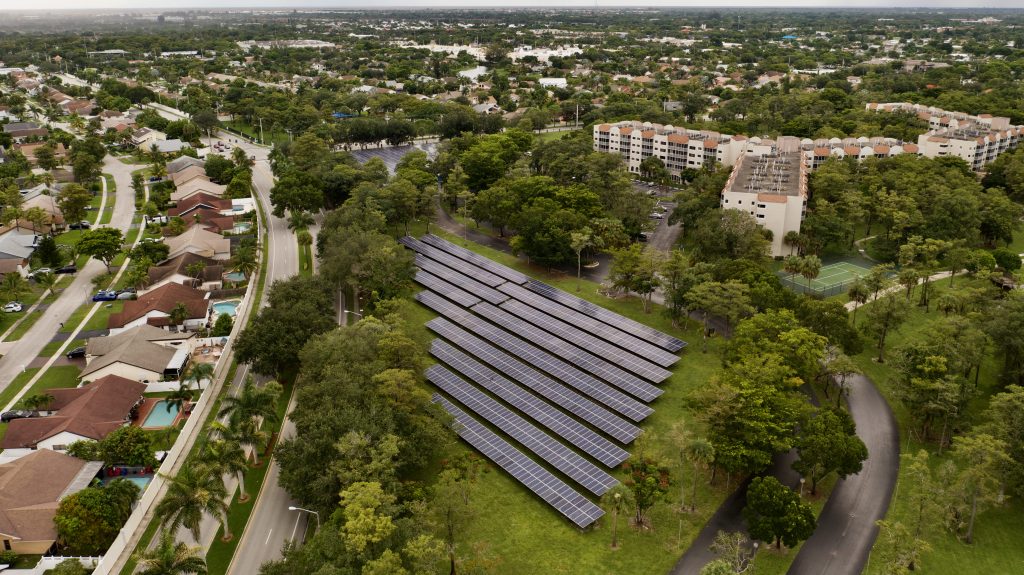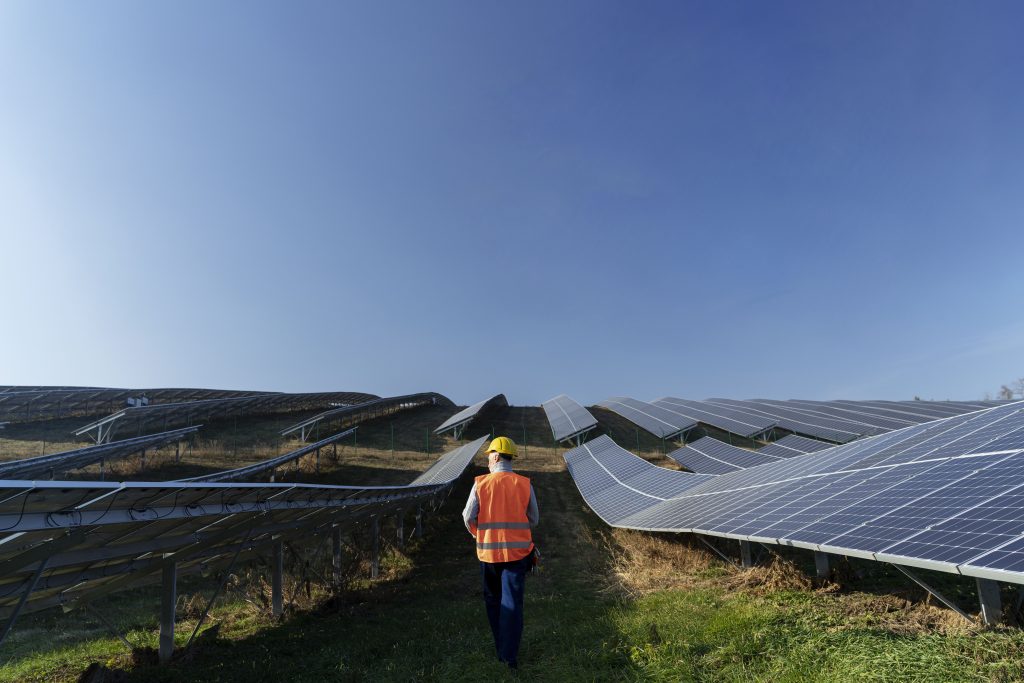The Future of Solar Panel Recycling: Trends and Innovations
As solar energy becomes an increasingly popular choice for powering homes, businesses, and entire cities, another issue is rising along with it: What happens when solar panels have served their useful life? As the use of solar technology increases across the globe, the topic of solar panel recycling becomes more important. In this blog, we will discuss the future of solar panel recycling, new trends, new ideas, and the impact of sustainable management of urban solar waste on the environment. The Growing Need for Solar Panel Recycling Solar panels are expected to last for 20 to 30 years, which is great concerning efficiency and cost-saving in the long run. However, as the first solar installations degrade, the need for efficient recycling processes for the future of solar panels will be paramount. According to The International Renewable Energy Agency (IRENA), by 2050, approximately 78 million metric tons of solar panels will become end-of-life across the world. This raises an important question: how do we effectively and sustainably deal with this increasing waste? In the absence of suitable recycling processes, the environmental effects of discarded solar panels may be huge. The good news is that with the help of progressive technologies and environmentally friendly recycling solutions, the industry is preparing to address this problem. The Lifecycle of Solar Products To analyze the recycling of solar panels, it is important to establish the life cycle of solar products first. Each solar panel comprises silicon, colorless tempered glass, aluminum alloy, and a nominal amount of copper. If these materials undergo the right processes that are central to recycling, then such materials are highly valuable. The lifecycle of a solar panel can be broken down into four main stages: Manufacturing: Renewable energy is manufactured from basic materials in solar panel production, such as silicon and metal. Utility: Solar power plants enable the conversion of sunlight into electricity on rooftops, operand fields, or solar power farms. Use: Panels generate green energy for 20 to 30 years, thus reducing the dependence on conventional sources of energy. End of Life: Solar panels have a lifespan of a few decades; hence, their effectiveness declines, and they are disposed of or recycled. As the lifespan of these solar panels comes to an end, the main problem is then determining what to do with decommissioned solar panels properly. Well, this is where recycling comes into play and why green building has received much attention in the construction industry today. Current Recycling Processes for Solar Panels Currently, the solar industry has come up with several recycling processes for solar panels. The main techniques include disassembling the panels and reclaiming silicon as well as metals that can be reused in other panels or different goods. Some key recycling processes include: Mechanical Recycling: The scrap involves manual dismantling of the panels in order to isolate glass, aluminum, and silicon. The materials are then demised and prepared for reuse. However, mechanical recycling is not perfect and does not always fully reclaim the material in question. Thermal Recycling: The thermal process involves the application of heat for the purposes of melting panel components in order to reclaim silver as well as copper. This method is quite effective, but often it requires a high power consumption. Chemical Recycling: Another more enhanced method is chemical recycling, where chemicals that dissolve the bonding materials within the panels are used and what remains is silicon and other metals that can be reprocessed. It is expected that this process of recycling solar panels will be the new norm because recovery rates will be high while the purity of the material is enhanced. Urban Solar Waste Management: A Growing Concern With the increase in the number of solar installations in urban areas, the problem of urban solar waste arises. They also revealed that cities require important structures and guidelines on how to deal with old panels that need to be disposed of or recycled. This is even harder to do in areas of high population density, but there are less space and ecological considerations to worry about. San Francisco and Amsterdam are already implementing urban solar recycling by promoting the return of the panels to specific centers. These programs are creating the foundation for better urban solar waste management, where solar products at the end of their useful lives are treated concerning the environment. Innovations in Solar Panel Recycling The future of solar panel recycling is innovation. Here are some of the cutting-edge technologies and trends shaping the industry: Robotic Disassembly: Since recycling is tending towards being mechanized, there could be a way that robots could disassemble solar panels without dropping and scrapping components, hence higher yields of recyclable substances. Advanced Chemical Processes: Scientists are developing new chemicals that are less wasteful and generate a larger yield of silicon, silver, and other materials. Circular Economy Initiatives: The concept of circular economy, where products are repurposed, repaired, and remanufactured, is slowly becoming popular in the solar industry. Some manufacturers are now starting to incorporate recycling into the design of the panels so that they can be easily dismantled and more of the material can be reclaimed when the panels are no longer useful. Public-Private Partnerships: Solar panel recycling: Governments and private companies are now collaborating to stabilize post-solar panel recycling. For instance, the European Union has planned to recycle high quantities of solar products in line with the environmental goals set across the globe. Sustainable Recycling Initiatives for the Future The governments and industries of the world are slowly waking up to the fact that there is a need for sustainable recycling of solar panels. Some countries have adopted policies that make solar manufacturers bear the cost of their products from their production to their disposal. In Europe, the directive known as Waste Electrical and Electronic Equipment (WEEE) therefore implies that solar panels have to be recycled in an acceptable manner. Similar trends are observed in the United States and Asia. However, some firms are establishing closed-loop systems such that the

